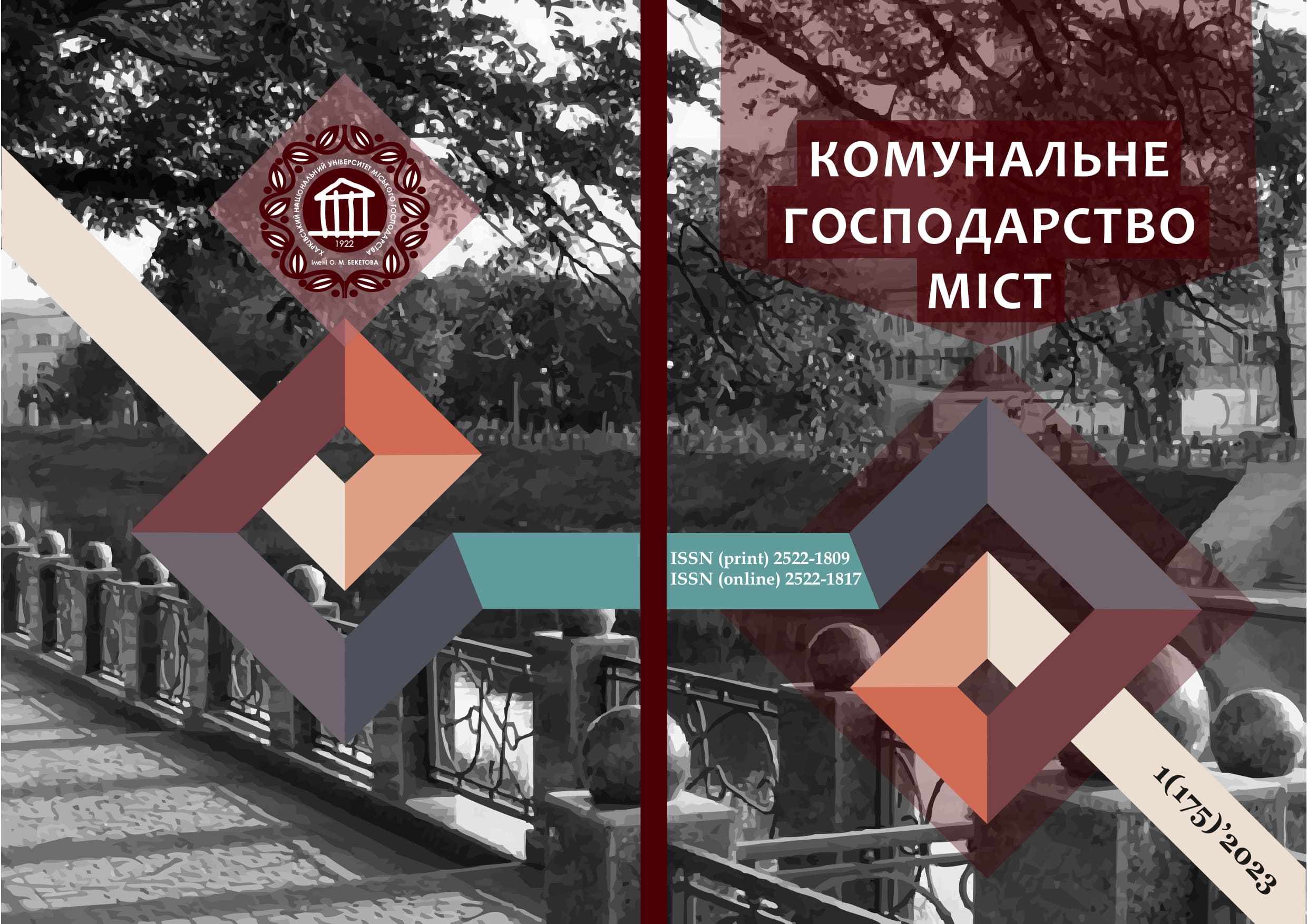ANALYSIS OF HOT WATER HEATERS FOR INDIVIDUAL HEATING STATION WHEN THE TEMPERATURE CHART OF THE DISTRIBUTION HEAT NETWORK IS CHANGED
DOI:
https://doi.org/10.33042/2522-1809-2023-1-175-26-31Keywords:
district heating, heat supply systems reforming, individual heating station, hot water heaters, plate heat exchanger, heat exchanger thermal designAbstract
The aspects of the functioning of centralized heating systems of residential urban districts after additional insulation of this district existing buildings were considered. The influence of the heat carrier temperature in the district distribution heating network on the heat transfer surface of the heat exchangers that are installed in the individual heat station schemes for hot water supplying was analyzed. Estimates were made for single-stage connection of the heat exchangers to the heating systems. When determining the heat transfer surface, known criterion equations for plate heat exchangers of heat supply systems were used. The range of changes in the heat transfer surface of hot water heaters and the consumption of network water is determined depending on the selected temperature chart of the distribution heat network. The proposed recommendations can be useful in developing a heat supply quality control schedule for a district buildings heating systems in a district when the building thermal insulation process is completed.
Possible approaches to the thermal design of heat exchangers of the hot water supply system for insulated buildings individual heating stations are considered when changing the temperature chart of the district heating supply system of the residential urban districts.
Estimates were made to understand the influence of the reduced temperature chart for heat supply of the districts on the network water consumption for hot water heating and the surface of heat exchangers of insulated buildings heaters. It was shown that the increase in network water consumption for building hot water supply can be 1.5 to 3 times higher.
The analysis presented for the surface of the heat exchangers of heating installations for insulated buildings hot water supply shows that it can be even double increase of heaters heat transfer surface depending on the temperature chart.
The results obtained should be taken into account when planning the temperature chart of the heat carrier for a distribution heating network.
References
Malyarenko V. (2006) Fundamentals of buildings thermal physics and energy saving. Kharkiv: SAGA, 484 p.
Malyarenko V., Redko А., Chaika Yu., Povolochko V. (2001) Technical thermophysics of buildings and structures envelopes. Kharkov: Rubicon, 280 p.
Aleksahin A., Boblovskiy А. (2011) Heat loss in the pipeline of heating network in settlement change heating load of buildings housing estate. Energy saving. Power engineering. Energy audit. №9. P. 20–27.
Aleksakhin O.O., Boblovskyi O.V. (2021) Thermal and hydraulic conditions of micro-district systems under centralized heat supply reforming. O.M. Beketov National University of Urban Economy. Kharkiv: O. M. Beketov NUUEKh, 180 p.
Chistyakov N., Grudzinsky М., Livchak V. and others (1982) Improving the efficiency of hot water supply systems. M.: Stroyizdat, 314 p.
Taradai A.M. (1998) Fundamentals of plate heat exchangers design for heat supply systems. Kharkov: Osnova, 192 p.
Plate heat exchangers. Guiding technical material. Methods of thermal and hydromechanical designs: GTM 26-01-107-78. 156 p.
Norms and guidelines for the regulation of fuel and thermal energy consumption for heating residential and public buildings, as well as for domestic needs in Ukraine. GTM 204 Ukraine. 244- 94.
Tovazhnyansky L., Kapustenko Р., Khavin G. et al (2004) Plate heat exchangers in industry; de by L. L. Tovazhnyansky. Kharkov: NTU "KhPI", 232 p.
Aleksakhin A., Yena S., Hordiienko Е., Syrov М., Feshchenko R. (2018) Features of building group insulating considering central district heating. Integrated Technologies and Energy Saving. №3. P. 27-34.
Thermal insulation of buildings: BN V.2.6-31 : 2016. (2017) Official publication. K.: Ministry of Regions of Ukraine.
Aleksahin A., Boblovskiy A. (2012) Evaluation of energy-saving potential of functioning residential buildings. Energy saving. Power engineering. Energy audit. №1(95). P. 10–15.
Downloads
Published
How to Cite
Issue
Section
License
The authors who publish in this collection agree with the following terms:
• The authors reserve the right to authorship of their work and give the magazine the right to first publish this work under the terms of license CC BY-NC-ND 4.0 (with the Designation of Authorship - Non-Commercial - Without Derivatives 4.0 International), which allows others to freely distribute the published work with a mandatory reference to the authors of the original work and the first publication of the work in this magazine.
• Authors have the right to make independent extra-exclusive work agreements in the form in which they were published by this magazine (for example, posting work in an electronic repository of an institution or publishing as part of a monograph), provided that the link to the first publication of the work in this journal is maintained. .
• Journal policy allows and encourages the publication of manuscripts on the Internet (for example, in institutions' repositories or on personal websites), both before the publication of this manuscript and during its editorial work, as it contributes to the emergence of productive scientific discussion and positively affects the efficiency and dynamics of the citation of the published work (see The Effect of Open Access).

